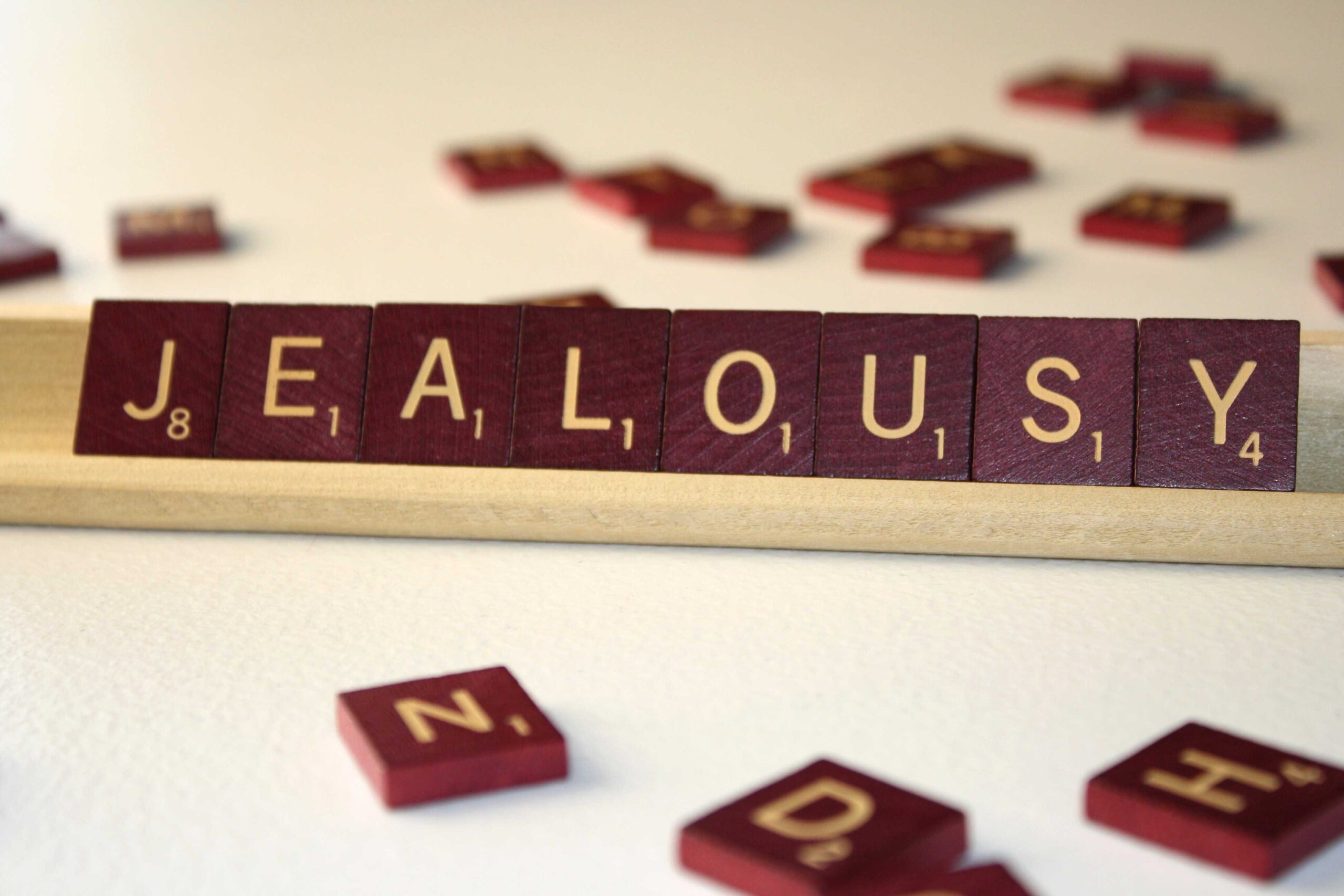
Does it really matter whether jealousy is a thought, a feeling, an emotion, or something else?
It might matter, indeed, if you’re trying to diminish jealousy or alleviate it altogether.
Even if jealousy is an experience that virtually all humans can relate to, there is more than one approach to counteracting or dissolving jealousy. Each approach can have a different perspective and even a different definition of jealousy. If you select an approach to try but it doesn’t work for your situation, that could be because you and the approach don’t see eye to eye on the root question — What is Jealousy?
Where do you stand right now on the answer to that question?
Does jealousy seem more like an emotion or feeling to you?
Does it seem more like jealousy is springing from your thoughts or cognition? Or is there some other way you describe or define this experience?
Does it matter?
Let’s take a quick run through the Internet’s vast supply of opinions about whether jealousy is a feeling, a thought, an emotion, or something else:
Psychoanalyst Mary Lamia, PhD, says that jealousy starts with the “biological portion of our emotions,” or affect, called “shame.” In the view of what is called “affect theory,” shame can transform into Jealousy The Emotion. Thinking is involved, too — your thoughts move through your brain in terms of comparing and contrasting (like, yourself with someone else.)
Some people use the word “feeling” mostly in reference to the physical sensations that we feel in our bodies, and “emotions” are therefore seen as the Big Picture Event that combines our thoughts and feelings.
Here’s how Erin Olivo, PhD, describes it:
“Well to start with, it’s important to remember that every experience of emotion actually has six distinct parts to it. Even though sometimes these components all blur together in the heat of the moment, if you slow down and observe your experience you’ll be better able to identify them.
Every emotion has: 1) a prompting event, 2) thoughts related to the event, 3) a physical response, 4) an urge to act, 5) an action, and 6) final after-effects (which sometimes can actually be a whole new prompting event that starts another emotion cycle).”
Notice how #3 above describes what the body is experiencing? In this description, that’s the feeling part of it. Dr. Olivo calls jealousy “one of the eight core categories” of emotions.
But even the experts often mix it up, going back and forth in how they label jealousy.
Look how Dr. Olivo goes on to define “jealousy” on the same page, after clearly identifying jealousy as an emotion:
“Jealousy is triggered when you feel something important is in jeopardy…”
She could also have said that jealousy is triggered when you think that jeopardy lies ahead.
So, you see, trying to zero in on the target of jealousy and describe it as a feeling, a thought, or an emotion can be as challenging for psychology experts as it is for the rest of us.
If you still have a burning desire to know the most accurate label for jealousy, you might find it interesting to let your mind wander and wonder why that desire to know is so strong. Maybe allowing yourself to wonder will help you find a sense of resolution about the question.
Another way to come to terms with the term is to read about the different theoretical approaches to dealing with jealousy. As mentioned above, you may find that different techniques or ideas about working through jealousy consider it either a thought or an emotion or a feeling.
The right answer is the one that works best for you!


